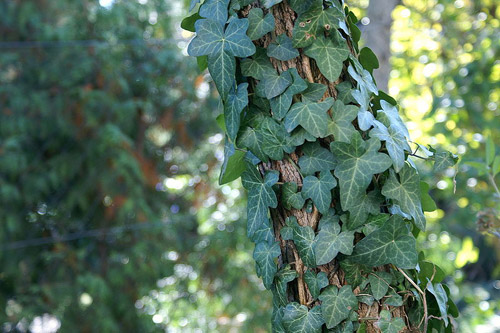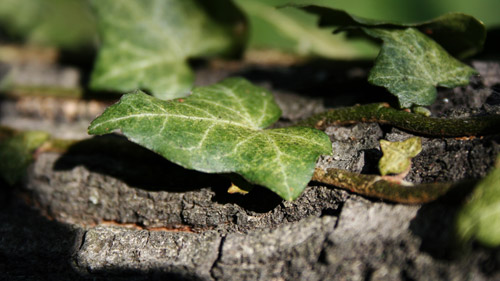
It’s the start of another week and time to learn something new about your horse, like the name of another plant your horse can’t eat. Today a look at the incredibly common and unbelievably fast spreading Branching Ivy
A Little About Branching Ivy
Hedera helix is Branching Ivy, also commonly called English Ivy, Glacier Ivy, Needlepoint Ivy & California Ivy. This plant is an evergreen climbing vine with lobed leaves which can be variegated, small green or yellow flowers and black, fleshy fruit.
How Dangerous Is It?
Ivy is unpalatable and only really a concern during drought conditions, however it is common enough to pop up everywhere. Ivy contains a mild toxin that can cause skin irritation on contact and be dangerous if ingested in large quantities
All parts of the plant are toxic and can cause skin irritation on contact.

What To Look For
You know your animal the best, so you should know when something is amiss. Branching Ivy toxicity symptoms can include diarrhea, hyperactivity, excessive salivation, weakness, colic & irritation of skin in and around the mouth.
Learn More
Be sure to check out the Branching Ivy page to learn more about the plant and while you are at it why not check out more toxic plants?
*It should be noted that I’m not a veterinarian. This information is written specifically for horses and should be used for reference purposes only. If you think your horse has eaten something toxic call your vet right away.
